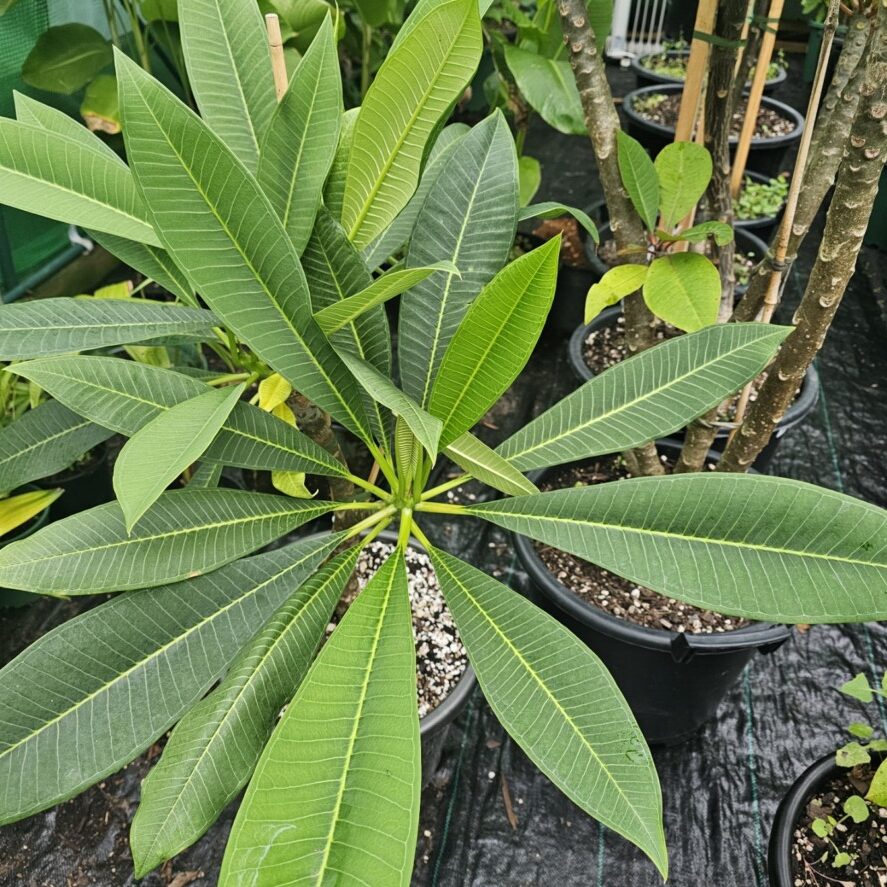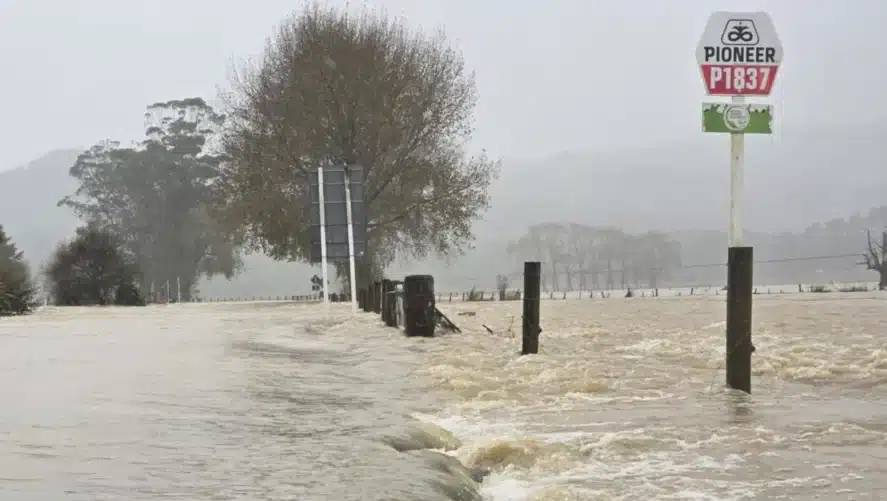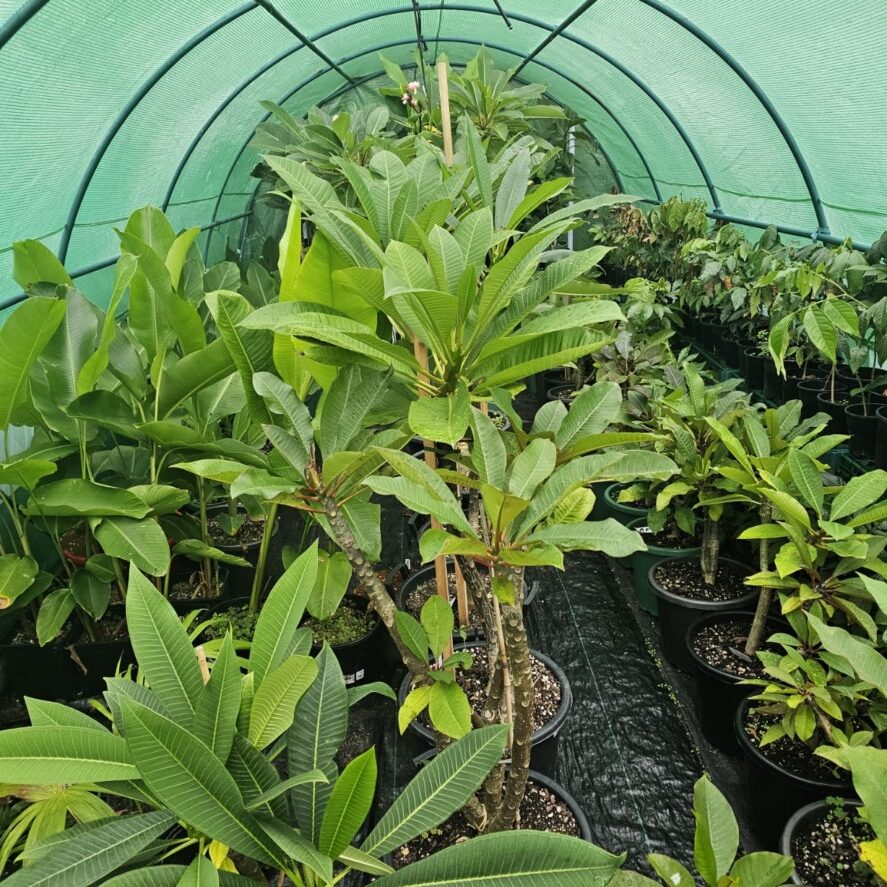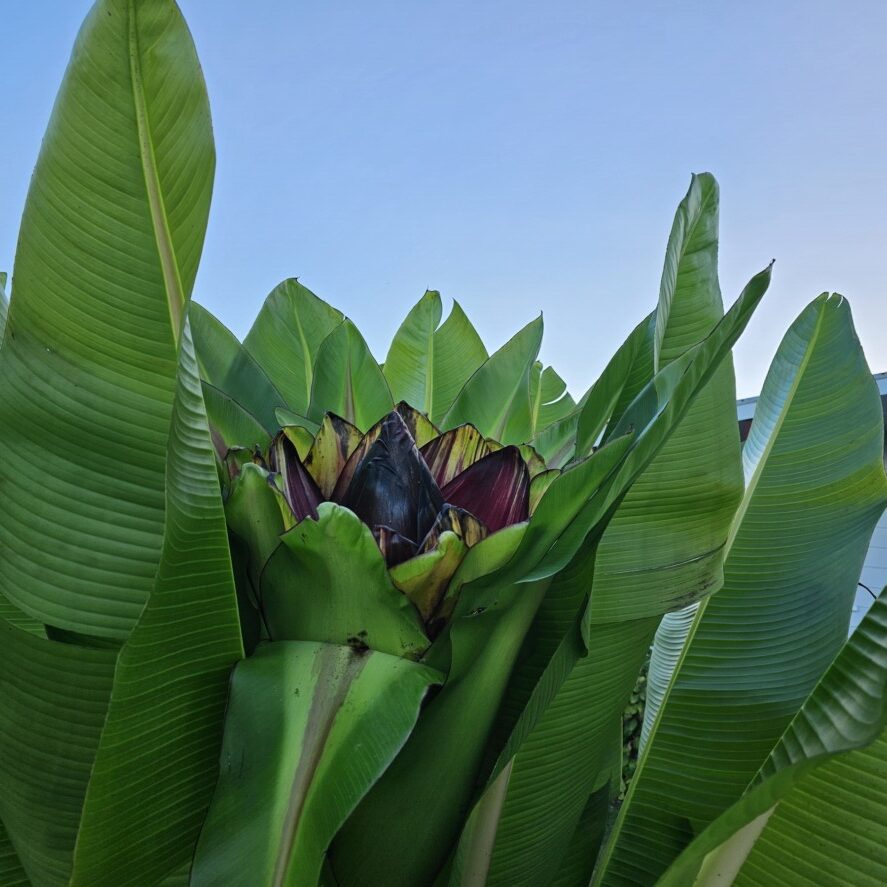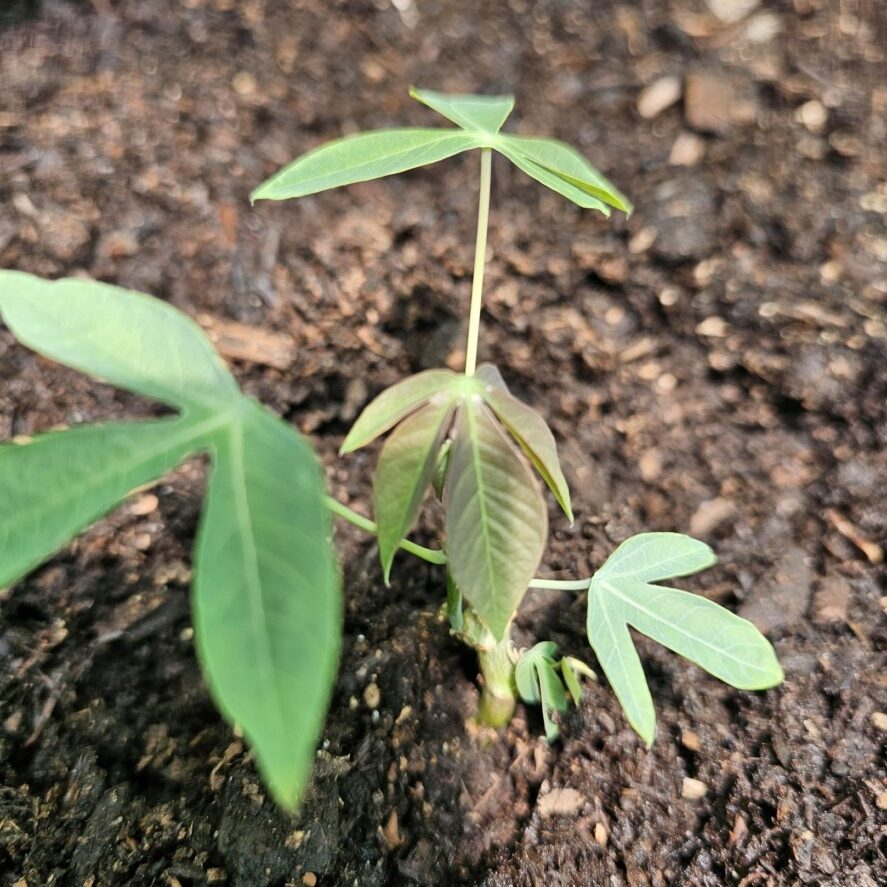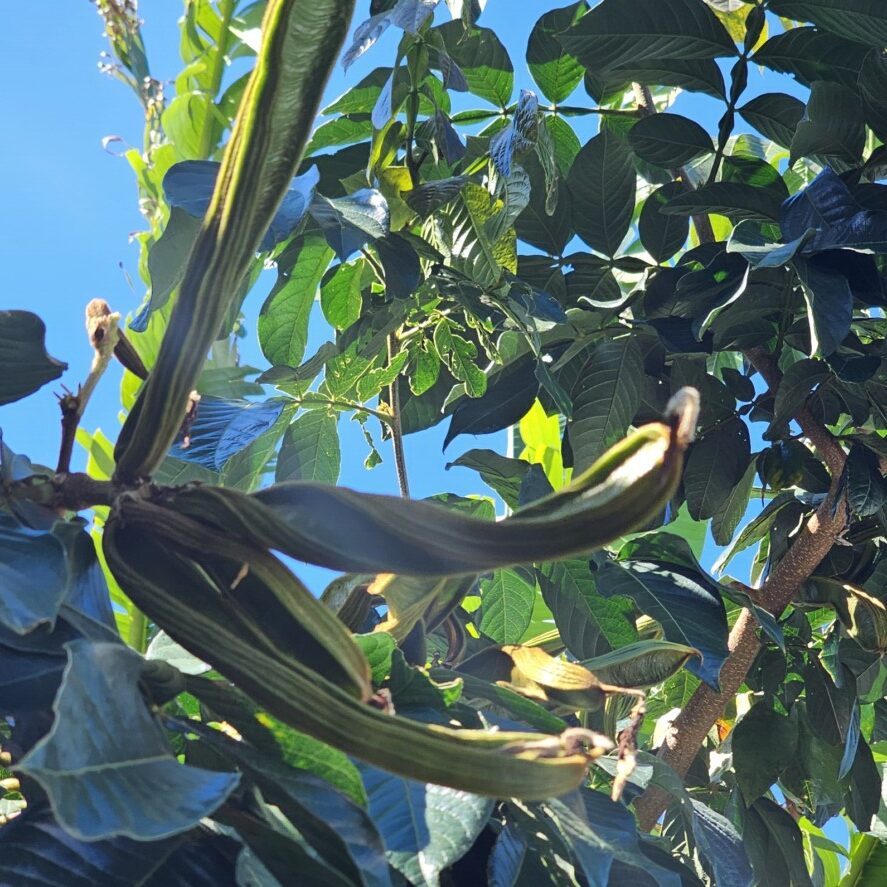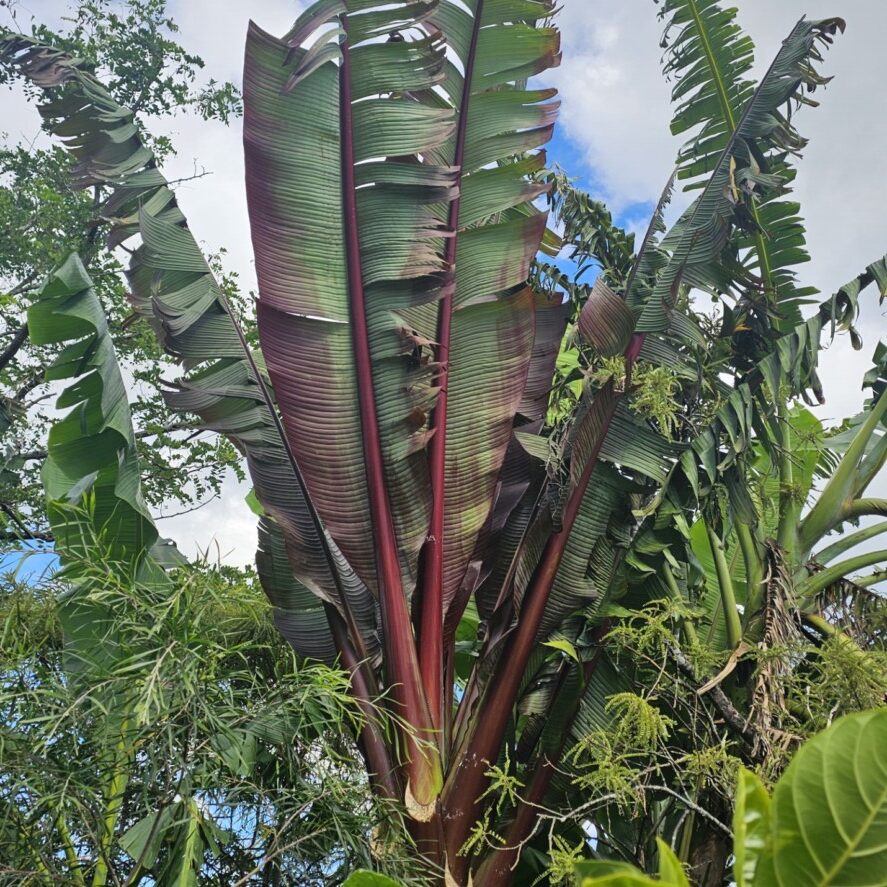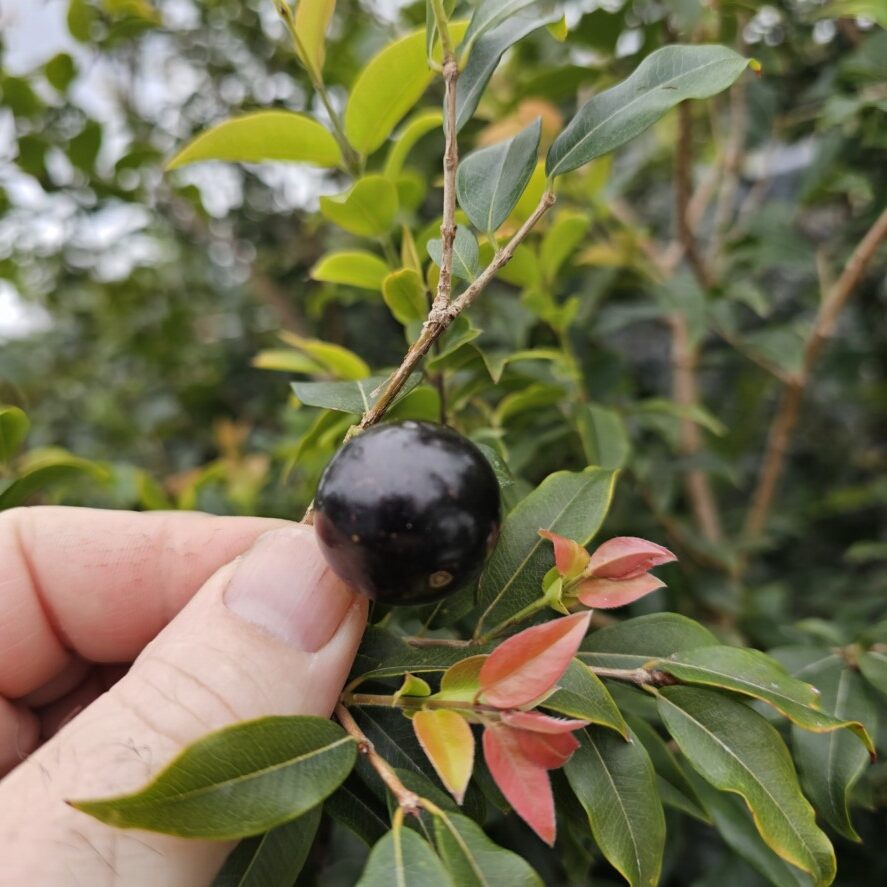-
Troppo Plant & Garden Articles
- Te Puke Region
- TROPPO’s Food Forest in Te Puke, BOP (www,foodforest.org.nz)
- Troppo’s Plant Collection
- TROPPO's Nursery Directory
- Food Forests of New Zealand (www.foodforests.nz)
- Nursery Map - Plant Suppliers of NZ Directory (www.nurserymap.nz)
- Kids Garden Corner
- New Zealand Garden Bird Survey
- New Zealand Garden Groups
- Delicious Recipes
Understanding Te Puke’s Rainfall Patterns for Efficient Irrigation
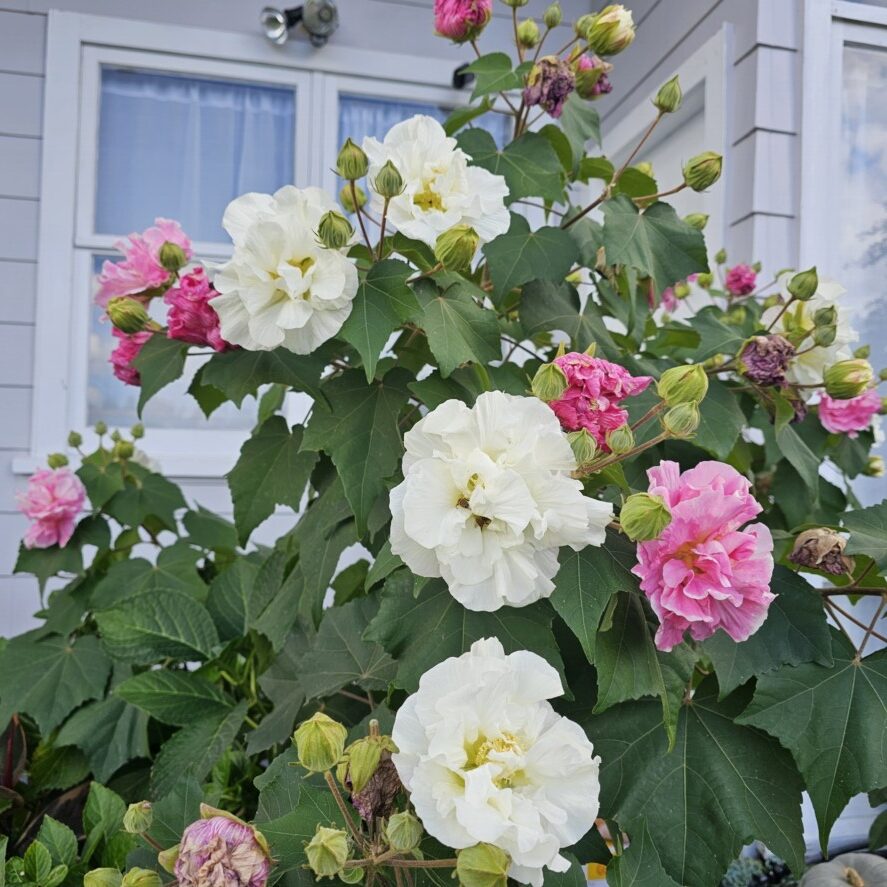
Welcome to the Troppo blog! Here in sunny Te Puke, the heart of kiwifruit country, water is life. Whether you’re a seasoned orchardist or just starting out with your own patch, understanding our local rainfall patterns is key to using water wisely and keeping your plants happy and healthy. This post will dive into what makes Te Puke’s rain tick and how you can use this knowledge to irrigate smarter, not harder.
Why Bother Understanding Rainfall?
You might think, “It rains when it rains, right?” While that’s true to some extent, digging a little deeper into our rainfall patterns can save you time, money, and water. Knowing when we typically get the most rain, the dry spells to watch out for, and even the intensity of rainfall can help you:
- Schedule irrigation more effectively: Avoid watering right before a downpour or during naturally wetter periods.
- Reduce water waste: Prevent over-watering by understanding how much natural rainfall your plants are already getting.
- Plan for dry periods: Be prepared with irrigation strategies when the rain stays away for longer than usual.
- Optimize water storage: If you rely on rainwater harvesting, understanding seasonal patterns helps you manage your storage capacity.
- Make informed decisions about irrigation systems: Knowing the typical rainfall intensity can influence the type of irrigation system you choose.
Te Puke’s Rainfall: A General Overview
Te Puke, nestled in the Bay of Plenty, generally experiences a relatively consistent rainfall throughout the year. However, there are some noticeable trends:
- Wetter Months: Typically, the late autumn and winter months (roughly May to August) tend to be the wettest. This is when we often see more frequent and sometimes heavier rainfall events.
- Drier Months: Late spring and summer (roughly November to February) are usually drier periods. While we do get rain, it’s often less frequent and can be interspersed with longer stretches of sunshine.
- Seasonal Variations: While the overall rainfall is fairly even, we can still experience significant variations from year to year. Some summers might be surprisingly wet, while other winters could be drier than average.
Key Factors Influencing Te Puke’s Rainfall
Several geographical and meteorological factors contribute to the rainfall we experience in Te Puke:
- Location: Our proximity to the coast and the surrounding hills plays a role. The hills can cause air to rise and cool, leading to condensation and rainfall.
- Prevailing Winds: The dominant wind patterns can bring moisture-laden air from the sea, resulting in rain. Changes in these wind patterns can influence the amount and distribution of rainfall.
- Weather Systems: Passing weather fronts and low-pressure systems are the main drivers of significant rainfall events. The frequency and intensity of these systems vary throughout the year.
- Climate Variability: Like the rest of the world, Te Puke experiences natural climate variability, which means rainfall patterns can fluctuate from one decade to the next.
Practical Tips for Efficient Irrigation Based on Rainfall Understanding
So, how can you use this information on your property? Here are some practical tips:
- Observe and Record: Keep your own simple rainfall records. A rain gauge is an inexpensive and effective tool. Note down how much rain you get after each event. This will give you a hyper-local understanding of your property’s rainfall.
- Check Local Weather Forecasts: Regularly check reliable weather forecasts that are specific to the Bay of Plenty region. Pay attention to predictions of rainfall amount and timing.
- “Feel” the Soil: Don’t just rely on the calendar. Before you irrigate, dig down a few centimetres and feel the soil moisture. If it’s still damp, you probably don’t need to water.
- Consider Plant Needs: Different plants have different water requirements at different stages of their growth. Factor this in alongside rainfall patterns. For example, young seedlings need more consistent moisture than established trees.
- Mulch Effectively: Applying mulch around your plants helps to retain soil moisture, reducing the need for frequent irrigation, especially during drier periods.
- Invest in Soil Moisture Sensors (Optional): For a more precise approach, consider using soil moisture sensors. These devices provide real-time data on the water content in your soil, allowing for highly efficient irrigation.
- Learn from Experience: Over time, you’ll develop a better understanding of how your land responds to different rainfall patterns. Keep learning and adjusting your irrigation practices accordingly.
Staying Informed
Resources like the National Institute of Water and Atmospheric Research (NIWA) and local weather stations can provide valuable long-term climate data and short-term forecasts for the Te Puke region. Keep an eye on these resources to stay informed about potential shifts in rainfall patterns.
Understanding Te Puke’s rainfall isn’t about predicting the future with absolute certainty, but rather about developing a better sense of the natural water cycle in our area. By combining this knowledge with careful observation and smart irrigation practices, we can all contribute to more efficient water use and healthier, thriving gardens and orchards.
Stay tuned to the Troppo blog for more tips and insights on making the most of our beautiful Te Puke environment!
#TePukeRainfall #EfficientIrrigation #BayOfPlentyWeather #KiwifruitCountry #WaterWiseGardening #SustainableAgriculture #TroppoNZ

